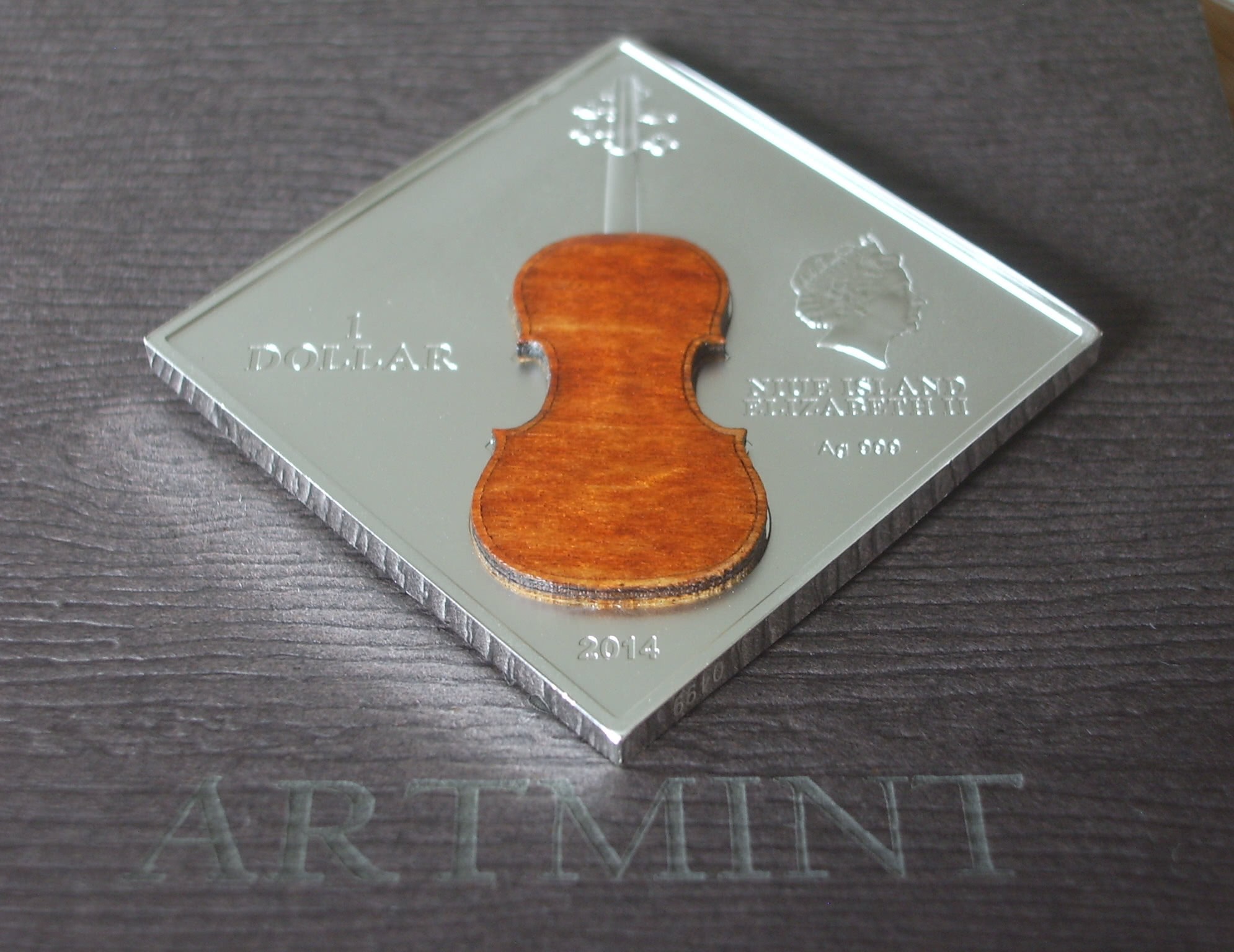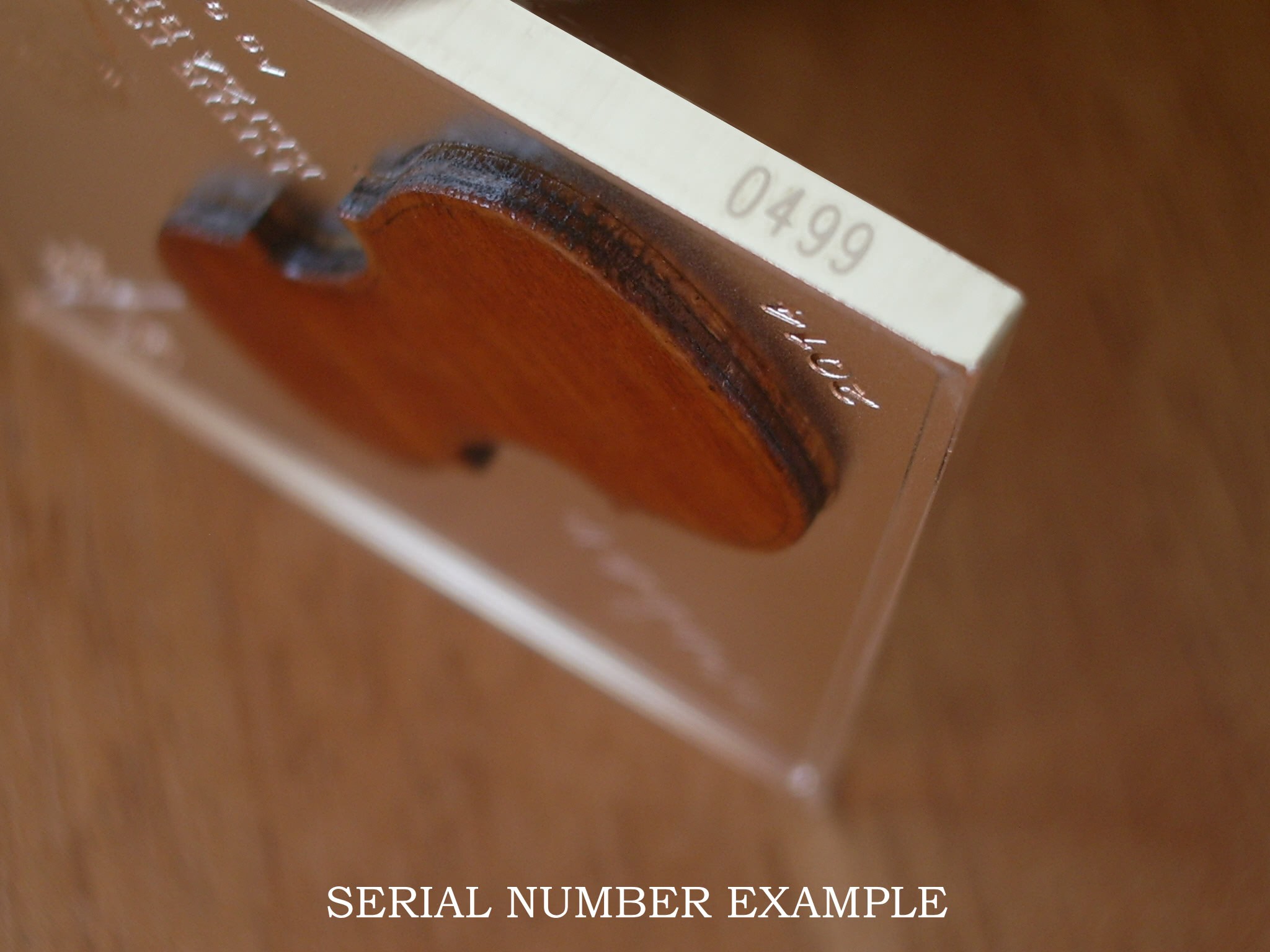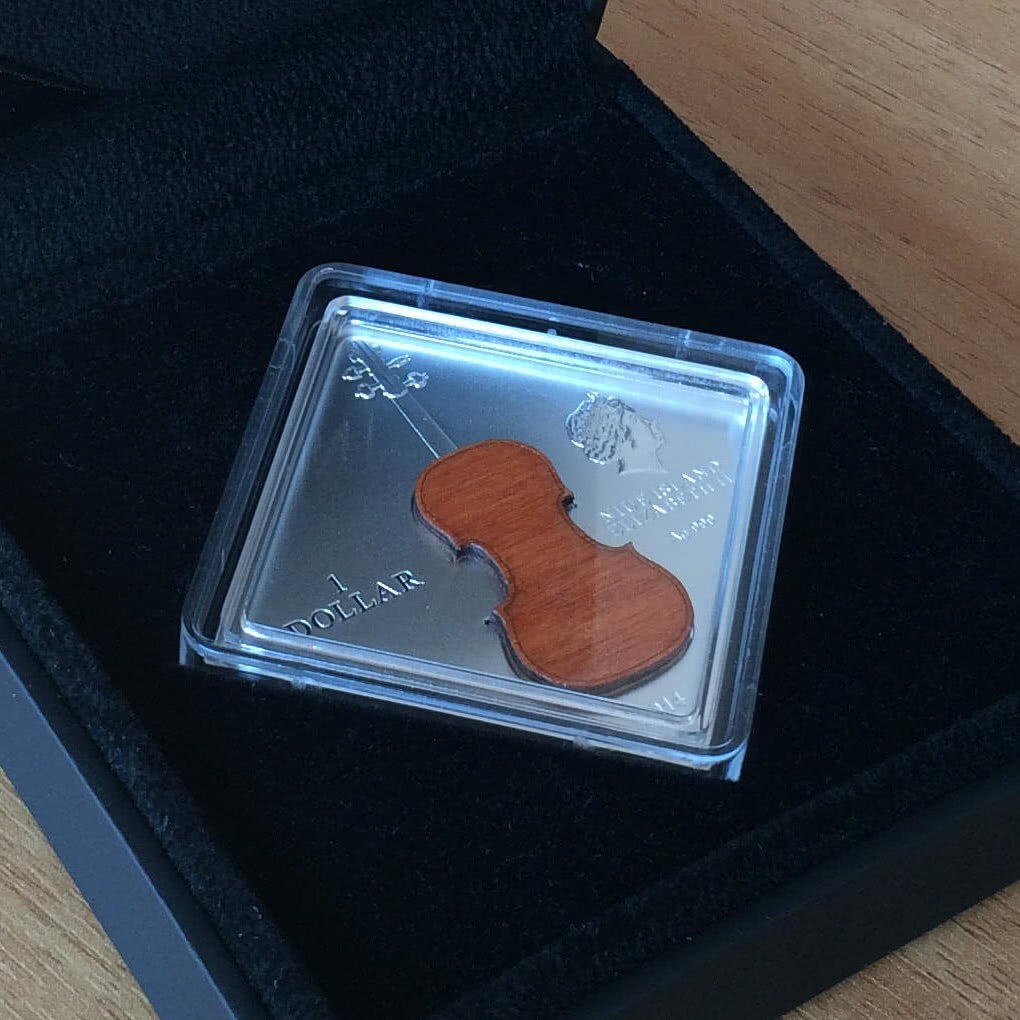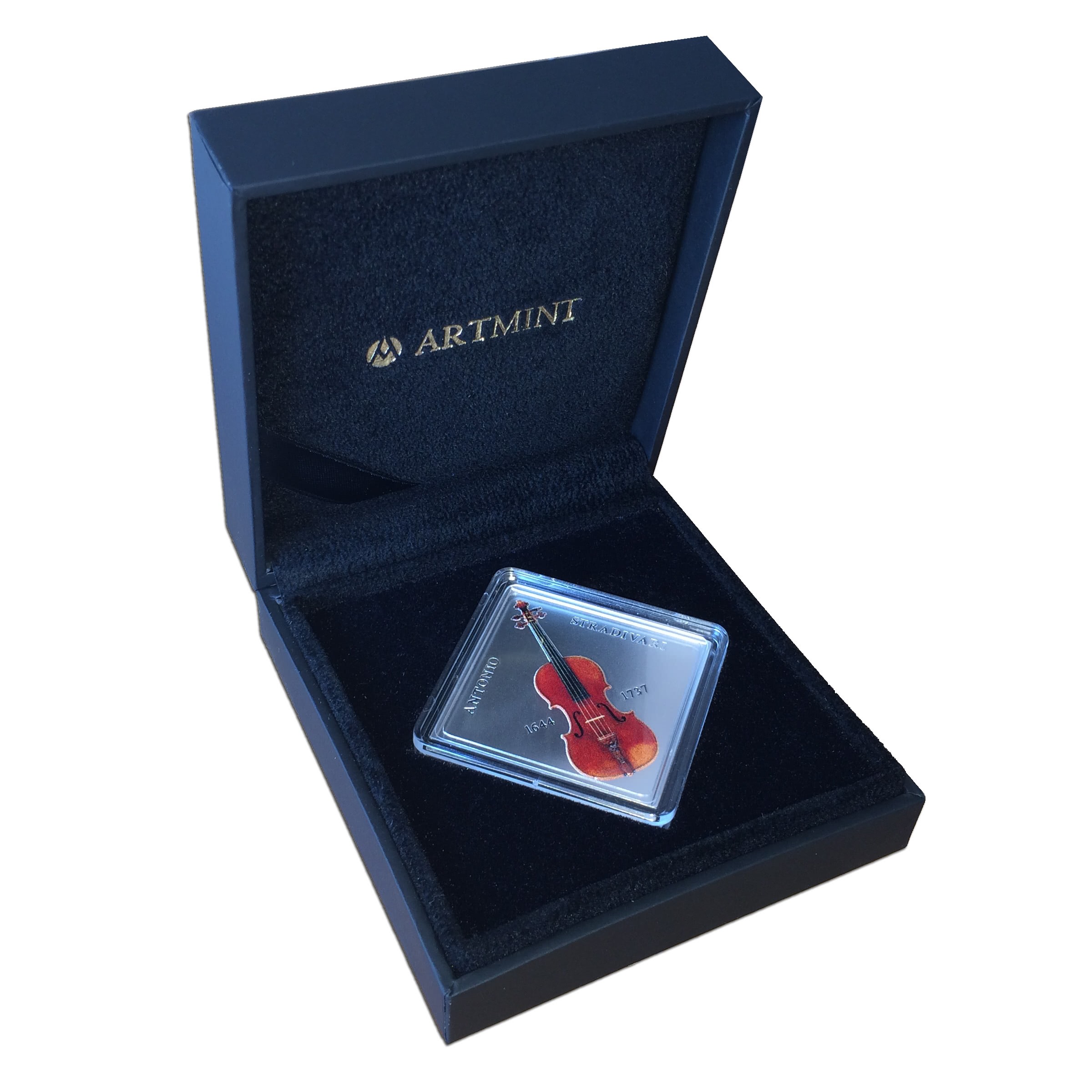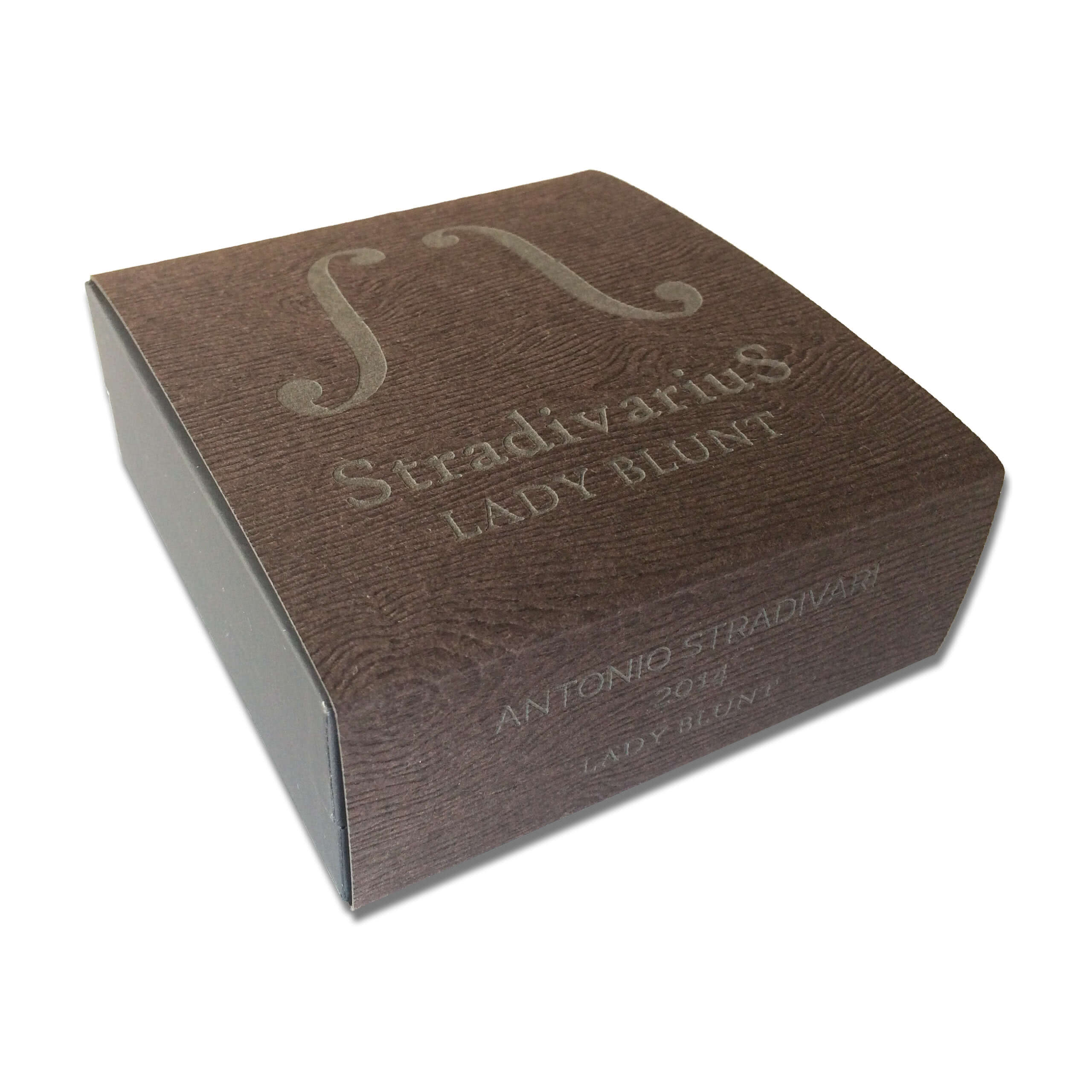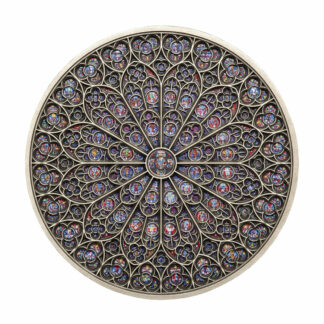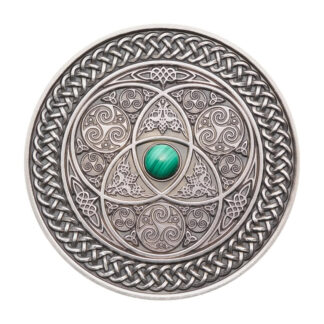Description
LADY BLUNT
The Lady Blunt Stradivarius violin of 1721 is a violin made by Italian luthier Antonio Stradivari of Cremona, Italy. The violin is named after its first known owner Lady Anne Blunt, daughter of Ada Lovelace, granddaughter of Lord Byron.
The Lady Blunt is one of the two best-preserved Stradivarius violins in existence. It has survived, like the Messiah Stradivarius of 1716, in near-original condition since it has resided mostly in the hands of collectors and seen little use.
This violin was sold at auction by Sotheby’s in 1971 for the then-record amount of £84,000 (US$200,000).
In 2008 it was sold to the Nippon Music Foundation for over US$10 million in a private transaction. The Lady Blunt was sold by Tarisio Auctions on their 20 June 2011 online auction for £9.8 million (US$15.9 million), more than four times the previous auction record for a Stradivarius, held by the Molitor when it sold for US$3.6 million in 2010. The proceeds will go to the Nippon Foundation’s Northeastern Japan Earthquake and Tsunami Relief Fund. When it went up for sale it was called “the best-preserved Stradivarius to be offered for sale in the past century.”
ANTONIO STRADIVARI
Antonio Stradivari (1644? – 1737) was an Italian luthier (maker of violins and other stringed instruments), the most prominent member of that profession. The Latin form of his surname, “Stradivarius” – sometimes shortened to “Strad” – is often used to refer to his instruments. Antonio Stradivari was born in the year 1644 (by some sources also in 1649 or 1650) in Cremona, Italy to Alessandro Stradivari and Anna Moroni. Probably in the years 1667 through 1679 he served as a pupil in Amati’s workshop. In 1680 Stradivari set up for himself in the Piazza San Domenico, and his fame as a instrument-maker was soon established. He now began to show his originality, and to make alterations in Amati’s model. The arching was improved, the various degrees of thickness in the wood were more exactly determined, the formation of the scroll altered, and the varnish more highly coloured. His instruments are recognized by their inscription in Latin: Antonius Stradivarius Cremonensis Faciebat Anno [date] (Antonio Stradivari, Cremona, made in the year …). It is generally acknowledged that his finest instruments were manufactured from 1698 to 1725 (peaking around 1715), exceeding in quality those manufactured between 1725 and 1730.
Apart from violins, Stradivari also made harps, guitars, violas, and cellos — more than 1,100 instruments in all, by current estimate. About 650 of these instruments survive today.
The world’s two largest publically-accessible collections of Stradivari instruments belong to the King of Spain, consisting of two violins, two cellos, and a viola, exhibited in the Music Museum at the former Royal Palace (Palacio Real) in Madrid, and the U.S Library of Congress’ collection of three violins, a viola, and a cello.
Antonio Stradivari died in Cremona, Italy on December 18, 1737 and is buried in the Basilica of San Domenico in Cremona.
His instruments are regarded as amongst the finest stringed instruments ever created, are highly prized, and still played by professionals today.


